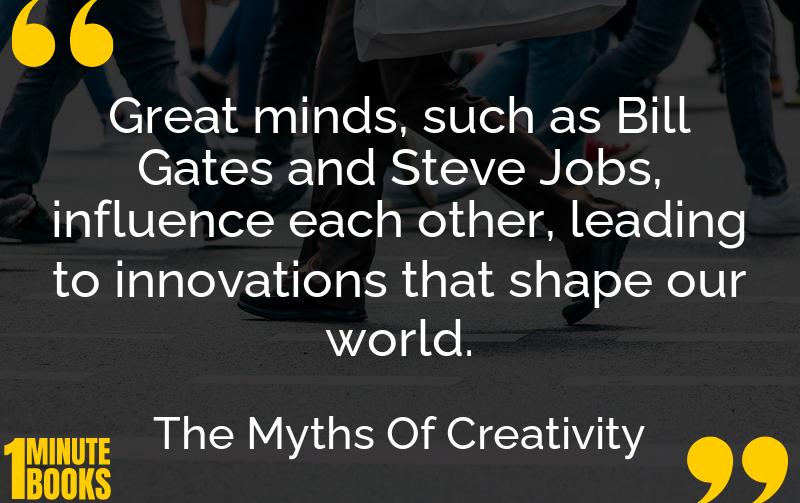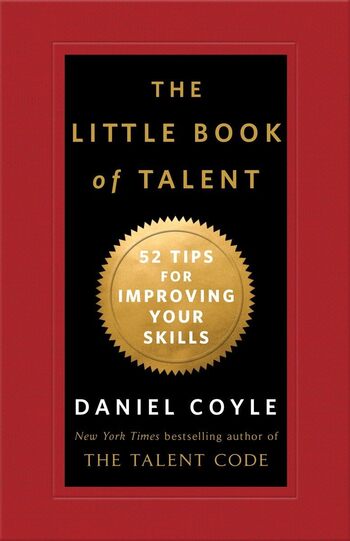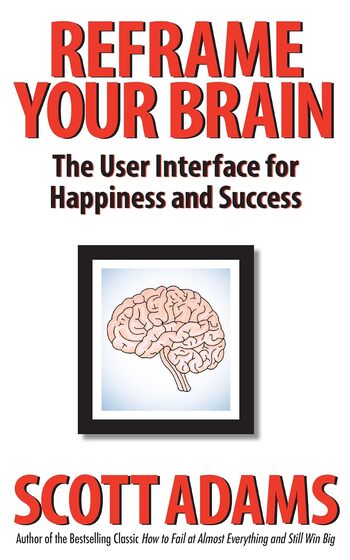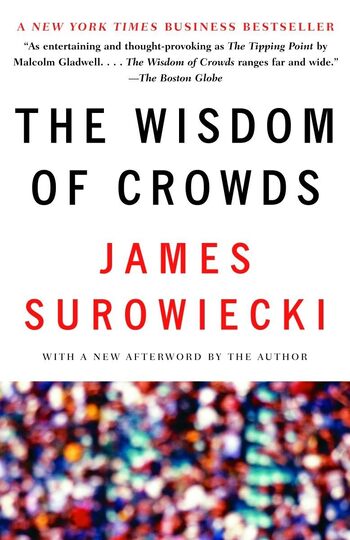
David Burkus’ ‘The Myths of Creativity’ debunks the myths surrounding creativity and innovation, emphasizing collaboration over solitary genius, democratizing creativity, and using constraints to foster innovation.
Main Lessons
- Creativity isn’t divine inspiration; it requires time, effort, and a strong foundation.
- Collaboration often fuels creativity more than solitary genius moments.
- Creativity isn’t genetic; it should be encouraged across all roles.
- Top-down management can stifle creativity; democratization can enhance it.
- Procrastination and mind wandering can boost creative output.
- Diverse social networks play a crucial role in triggering creativity.
- Thomas Edison exemplified drawing from diverse disciplines for inventions.
- Expand your mind with varied inputs to increase innovative idea generation.
- Constraints can enhance creativity by fostering unique and thought-out ideas.
- Organizational support and a stimulating environment boost creative outcomes.
- Resource limits can lead to innovative solutions, similar to crafting haikus.
- Understanding creativity’s true nature can help nurture innovation for all.
- The interaction between intelligent minds can spark groundbreaking discussions.
- Encourage creativity uniformly for better organizational innovation.
- Innovative teams usually consist of diverse expertise toward common goals.








